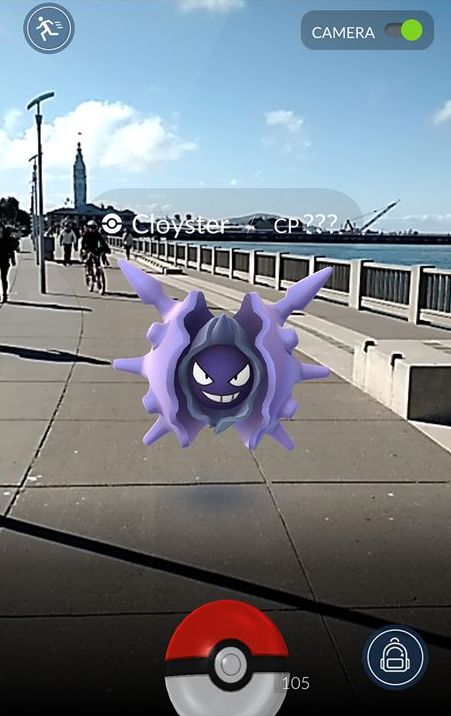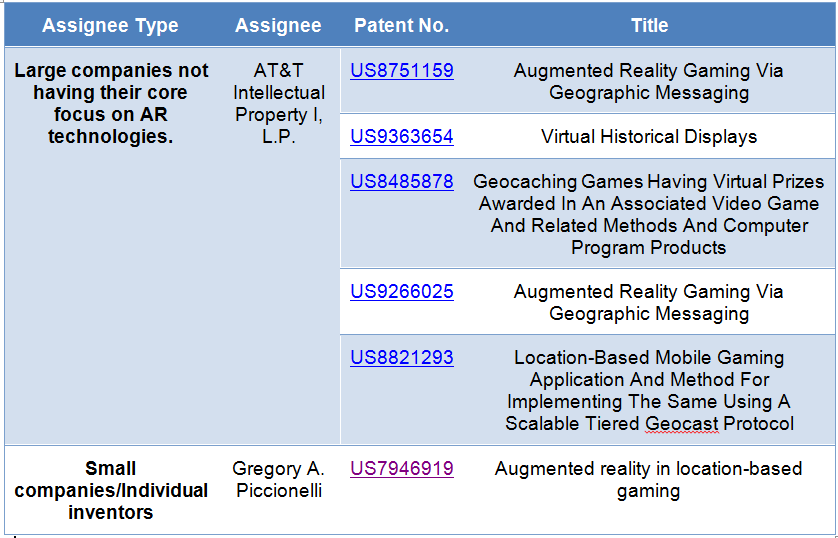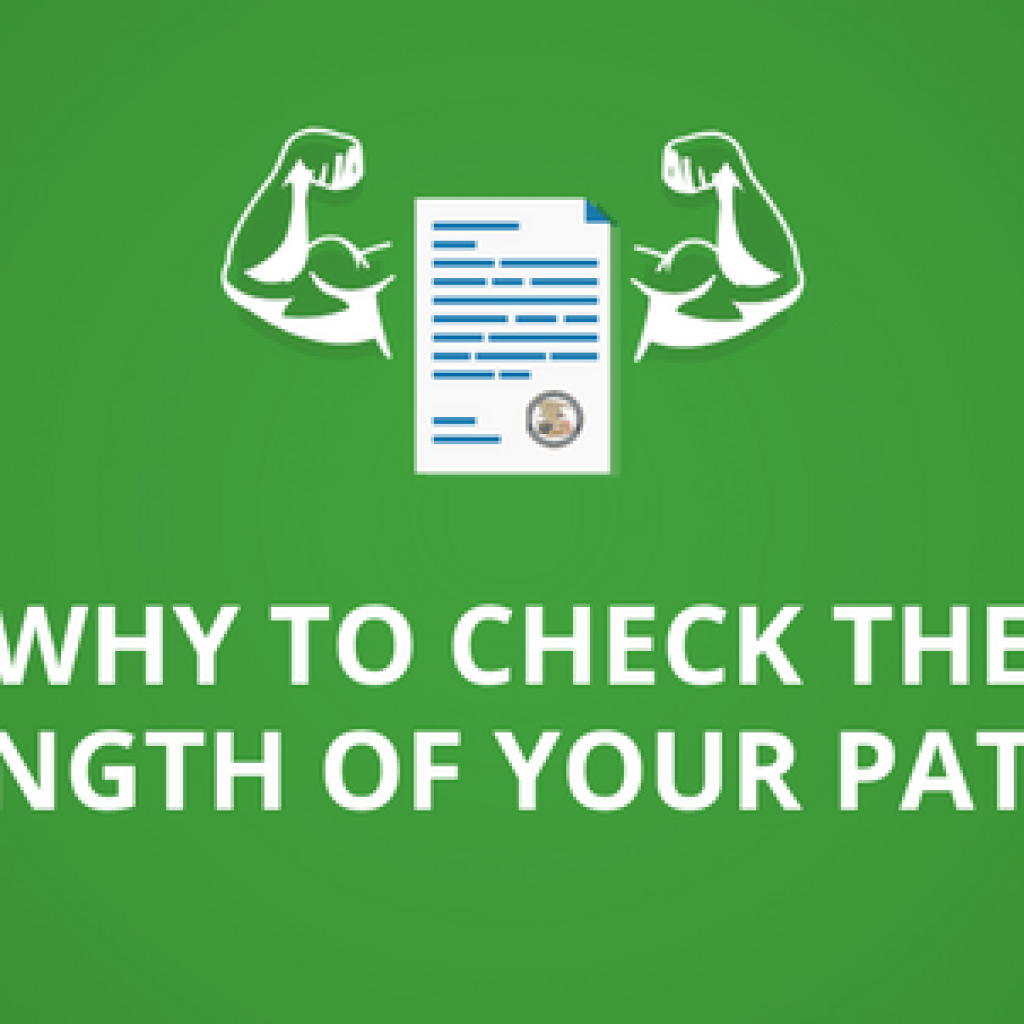The irresistible desire to search and capture all the Pokemon is making its players do everything to ensure that the game becomes a phenomenal success. The location based augmented reality game has attracted all age groups and compelled them to leave their couches and be sporty.
First launched in few part of the world, the game soon became a global phenomenon. An Irish person is reported to rake up €200 taxi fare in the pursuit of “catch em’ all”. Also, the game has broken all records and has set new benchmarks:
- It has highest 1st-week downloads.
- Users are spending, on average, 33 minutes on Pokémon Go which is more than the time spent on the long established apps like Facebook, Instagram, and Snapchat.
- The game earned more than $200 million worldwide (net revenue) in just one month
These figures clearly say that Pokemon Go has become the most successful game of the time.

But there is a dark side of this success and popularity which has haunted every other tech company making great revenue. That dark side is a fear of a patent infringement lawsuit.
Apple, for example, recently has also faced such an issue after it introduced “3D touch” as a new feature in iPhone 6S. The feature was well received by the users as well as critics that certainly had an impact on Apple’s sales, too.
The celebration of success, however, didn’t last long as soon Apple got sued by Immersion Technologies for infringing its patents on the 3D technology. This is a type of situation where many companies have found themselves. A situation where they didn’t have a good patent to defend themselves. Also, there is no dearth of stories where a company gets sued by a competitor due to lack of patents in its portfolio covering its product.
At this moment, Pokemon Go is in a similar position. It has become a huge success and insanely popular. It’s on the verge of getting sued and the day is not far when it may be defending a patent litigation suit.
Countersuing or cross-licensing is a common practice when you fight another company. The game, though, becomes totally different when there is an NPE instead. Well, we are saving that strategy for some other day.
In order to go neck to neck with companies, one needs good patents in its arsenal. Now, certain questions come to mind.
Does Niantic have enough patents which cover the technology behind Pokémon Go?
Certainly, No!
A quick look at the Niantic patent portfolio reveals that it has only 3 granted US patents (US9226106, US9128789 & US8968099) covering the technology used in Pokémon Go. Also, these patents were filed very recently – 2012/2013. This leaves them highly vulnerable as there are more than 8000 US patents on AR.
What should Niantic do in a situation like this?
The best move for Niantic is to follow the path once walked over by Facebook, Xiaomi and many others – the path of patent acquisition – to create a bulwark against patent infringement lawsuits.
Having experience in the domain of AR, we know many patents from late 90’s discussing the similar technology. Siemens, for example, has spent a considerable amount of capital and human resource to own patents on augmented reality based surgical devices.
Similarly, other tech giants such as Google, Sony, Microsoft, and Samsung own a good number of patents in the AR. However, approaching these tech giants for patent acquisition won’t be a good move as it’s going to be a costly affair since these companies are also looking to launch products/services in AR. Plus, there are fair chances of them denying the request to sell their patents.
One good strategy is to approach companies that don’t have products in AR but own a considerable amount of patents in the domain. Another is to approach small companies and individual inventors.
Niantic, for example, can approach companies such as AT&T which doesn’t focus on AR. Also, it can approach smaller companies or individual inventors like Gregory A. Piccionelli. This will help Niantic run an economical patent acquisition campaign.
Below are some exemplary patents that we found during our brief scouting which Niantic could consider acquiring:

These are among the few patents that we came across during patent scouting. US’159 directly discusses Augmented Reality in the gaming domain while US’654 explains how location-based services can be incorporated with augmented reality displays. Such patents add a lot of value while building a strong patent portfolio.
A strategically planned comprehensive patent scouting can unearth a lot of such patents that can be used to defend ones’ business from potential litigations. Feel free to reach us, if you are looking to protect your business from potential infringement.
Till then, keep catching Pokémons!
Next Step: Explore more Patent commercialization Strategies and create your own smart patent commercialization strategy using these tactics.
Authored by: Rohit Sood, Team Lead, Infringement, and Rajat Vats, Research Analyst, Infringement








